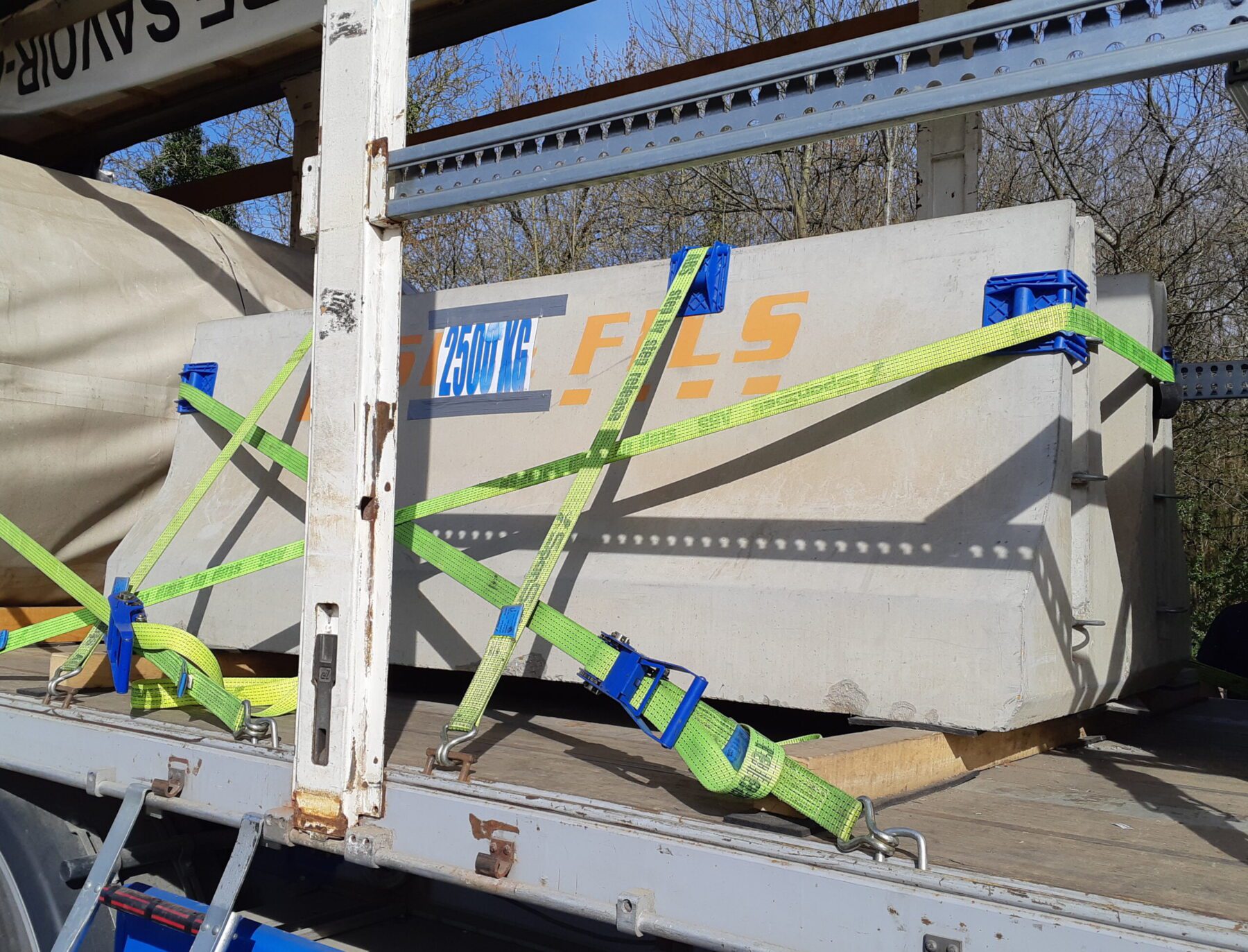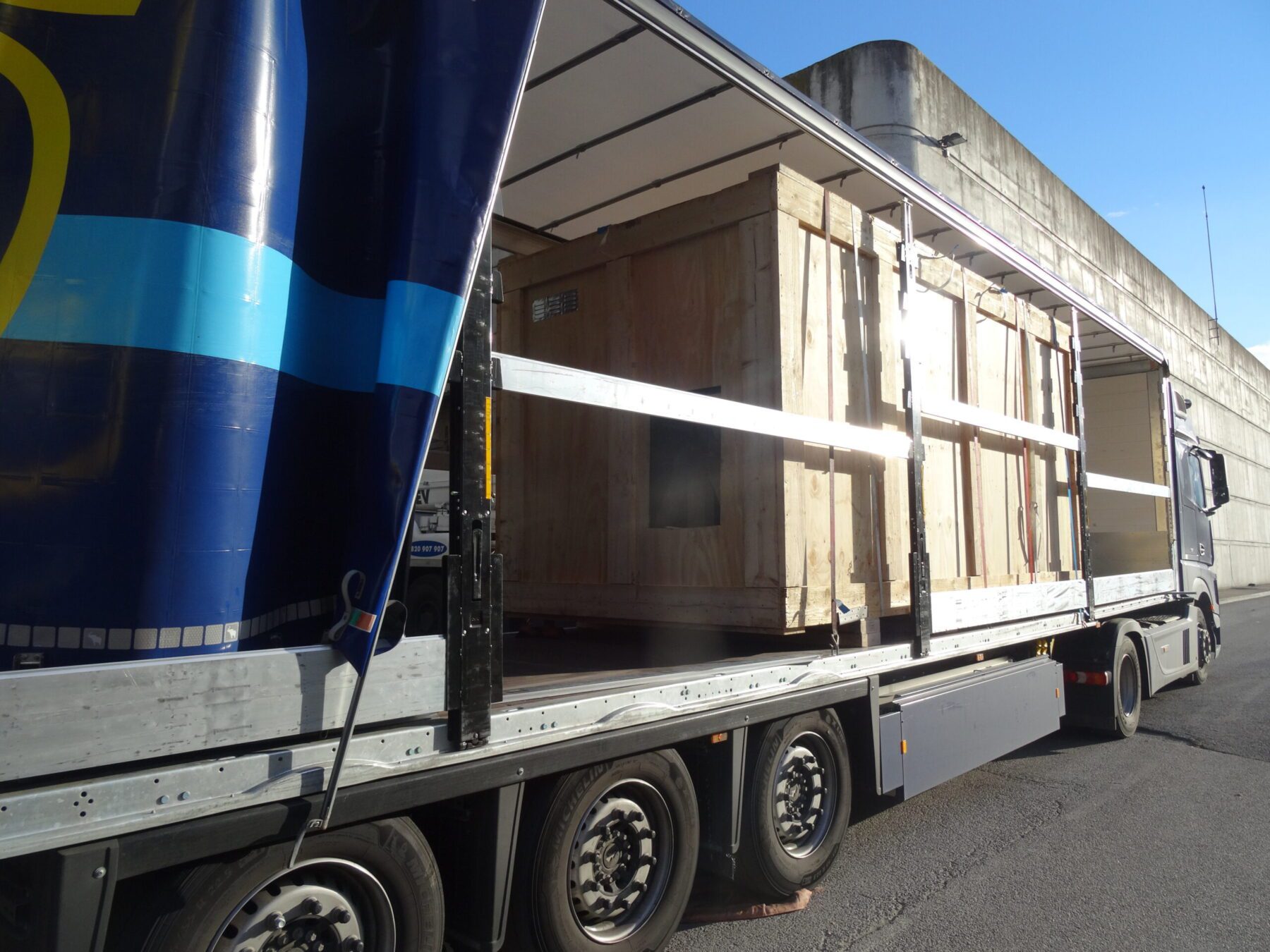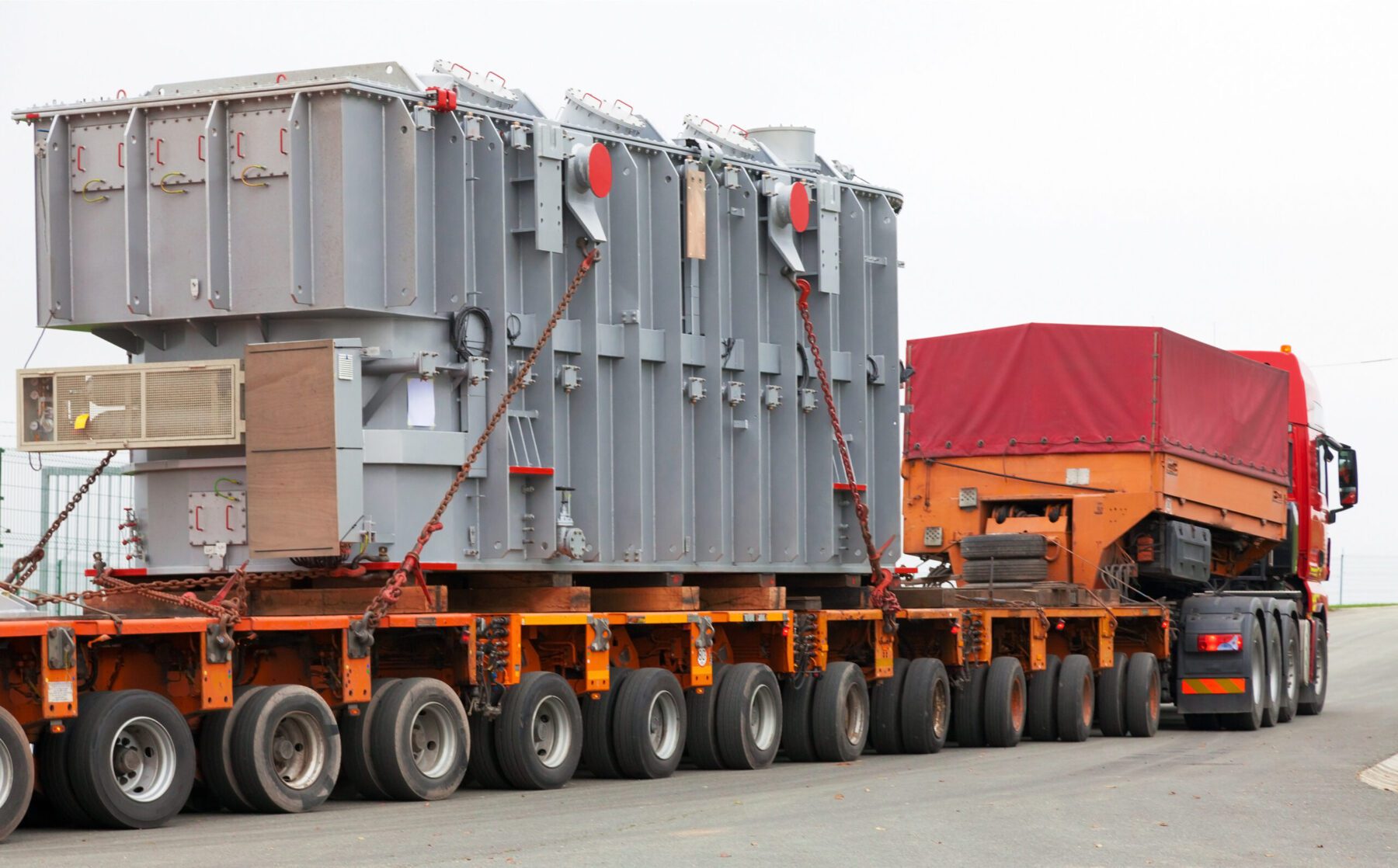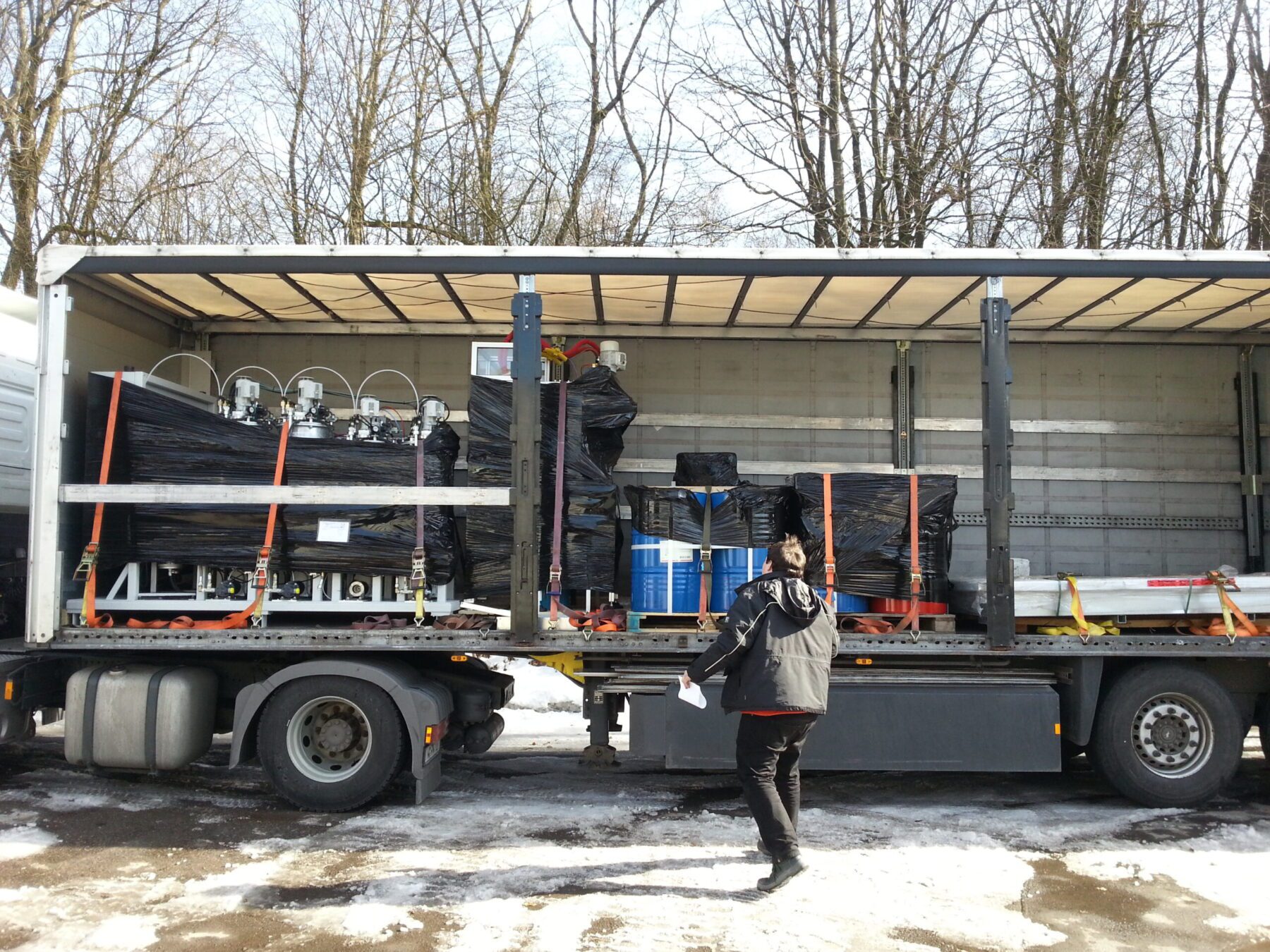Training in Le Havre and throughout France
Securing loads on road vehicles
The regulations governing load securing in road transport have evolved considerably, with the updating and addition of numerous standards, the modification of the standard contract (2017) and the appearance of a new directive.
Our training courses comply with European standards (EN 12195-1/2/3/4, EN 12640, EN12641, EN 12642) on load securing.


Durée ajustable
2 jours


Type de formation
Présentielle sur le Havre et sur toute la France (option distancielle possible selon vos besoins)


Prix
900 € / personne (formule inter-entreprise) À partir de 1 250 € / jour (intra-entreprise)


Public
Personnes préposées au chargement et à l’arrimage, personnes encadrant le chargement et l’arrimage des charges, personnel chargé de la sécurité, conducteurs, contrôleurs, experts


Prérequis
Aucun prérequis n’est nécessaire.


Indicateur de résultat
En 2023, le taux de réussite a atteint 100 % et le taux de satisfaction s'est élevé à 87,7 %.






Securement training on road vehicles
Pedagogical objectives
-
Connaître les bases juridiques et la réglementation relative à l’arrimage
-
Déterminer les forces physiques engendrées suivant le mode de transport
-
Connaître les différents moyens de transport (La résistance de leur structure, les points d’arrimage, leur conformité)
-
Identifier la conformité des dispositifs d’arrimage selon la norme (sangles, chaînes, crochets, anneaux, tendeurs, tapis antiglisse)
-
Réaliser un arrimage et en vérifier la conformité
-
Connaître les différents types d’arrimage et définir la solution la plus adaptée en fonction du contexte
-
Pouvoir émettre des recommandations sur l’amélioration d’un arrimage existant
-
Pouvoir émettre des instructions d’arrimage






1. Typical training program
- Introduction of participants and trainer.
- Definition of training objectives.
- Explanation of how trainees are assessed during and at the end of training.
2. Introduction and definition of load securing on road vehicles
- Legal basis for securing loads on road vehicles.
- The French, Luxembourg, Belgian and German Highway Code.
- French decrees concerning the transport of goods in France.
- CTU code.
- ADR code.
3. Physical basis for securing loads on road vehicles
- Load weight and mass.
- Speed and different accelerations during transport.
- Force due to weight / inertia forces.
- Maximum accelerations affecting loads during road, sea and rail transport, and combined transport (rail, sea...).
- The risk of tipping (recognizing unstable packages).
- Position of center of gravity / tilt edge.
- Load distribution on road vehicles.
4. Friction force
- Definition.
- The different coefficients.
- The anti-slip mat.
5. Blocking force
- The strength of body structures.
- Wall load limits to EN 12642 Code L / Code XL
- Sea containers (according to ISO 668).
- The standard tautliner (vehicle with sliding curtains).
- Choosing the right vehicle.
6. Lashing points
- Lashing points (minimum number and load limit) in accordance with EN 12640.
- Strength of lashing points (semi-trailers, sea containers).
7. Lashing points on goods
- Lashing devices (equipment and tools)
- Technical capabilities and scrap criteria.
- Tie-down straps.
- Mooring chains.
- Steel lashing ropes.
- The anti-slip mat
- Tarpaulins / nets.
- Locking bars.
- Gliding corners / angle irons.
8. The different methods of securing loads on road vehicles
- Safety tie-down.
- Lock the load against the walls.
- Secure the load with wood nails on the loading platform.
- Diagonal tie-down.
- Tilted stowage.
- Head loop tie-down (with anti-bounce effect).
- Friction lashing.
- Strap lashing force / number of straps to be used.
- Use of the anti-slip mat.
9. Calculating lashing forces
- (Simple reasoning for calculating tie-downs)
- Friction lashing.
- Diagonal lashing.


Teaching methods
- Visuals and presentations
- Technical datasheets
- Exercises,
- Alternating applications, feedback and presentations
Note
When training is carried out in-house, the beneficiary company (if applicable and depending on requirements) is asked to provide one or more means of transport and standard loads. It is always possible to work on photographic material specific to the company in order to apply the knowledge acquired by the trainees to concrete examples.
The strengths of this course
-
La formation est dispensée par un expert de terrain spécialisé en arrimage des charges. Elle inclut de nombreux cas pratiques et des exemples concrets.
-
Des exemples de fiches et des méthodes simples et efficaces vous seront transmises afin que vous puissiez inspecter l’exécution de l’arrimage et améliorer ou mettre en place un processus interne de contrôle.
-
Transport de marchandises dangereuses : Notre formation est en conformité avec le code ADR visant à l’application de la norme EN 12195-1 pour l’arrimage des charges.
CTM Survey is registered as a training organization under the following number: 28760576776.

